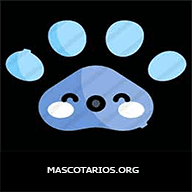Content |
|---|
History
The White Swiss Shepherd Dog a breed of dog is pastor of Swiss origin. Share origins with the German Shepherd, but has been recognized provisionally as a breed apart by the FCI.
The 3 in April of 1899, the first dog German Shepherd, as we know it today, It was officially registered. This dog was a completely white male which was used by ranchers and sheepherders for grazing because it was very easy to distinguish it from the wolves.
The first news about a hatchery White Swiss Shepherd Dog are earlier than the year 1900 and its origin is found in Alsace-Lorraine, to be more exact in the Royal Court of the Habsburgs. In their enclosure they had a kennel of purebred white shepherds.
After the creation of the race German Shepherd, all colors were accepted. It was in the first decades of the 20th century, When were the white copies excluded, Therefore, persecuted and almost wiped out in Europe.
Back in the years 70, Switzerland had imported the first specimens of white shepherds, while in Germany - as we said above- as these dogs did not meet the standard of the German Shepherd as we know it today, White shepherds were almost wiped out.
The first Club of White Swiss Shepherd Dog was founded in the decade of 1970 in United States. For which reason, the race returned to appear in Europe. At first in Switzerland and Denmark, and later in Germany. Little by little, European Cynological societies began to open their stud books for the White Swiss Shepherd Dog.
A dog born in 1966, it was the first White Swiss Shepherd Dog which was registered in Europe, in Switzerland.
The breed was recognized in Switzerland of 1991, followed by the Netherlands in 1992. Czech Republic, Austria and Denmark, They also recognized the breed.
Switzerland, Despite the low popularity of this breed, He recovered the race and also assumed the same motherhood, so in the 26 in November of the year 2002 the Federation Cynologique Internationale acknowledged - on a provisional basis- to the White Swiss Shepherd Dog, as a separate breed.
Physical characteristics
The White Swiss Shepherd Dog, to the naked eye and as far as the physical, He is a German Shepherd in all rule, It is only slightly more elongated and less angular.
According to him standard, the White Swiss Shepherd Dog, is a dog from size medium, powerful, muscular and robust. According to the standard, males must have a tall cross ranging from 60 to 66 cm., females are slightly smaller their stature is about 55 to 61 cm..
It has the ears large, straight and triangular. The tail scimitar-shaped, is low and at rest reaches the Hock.
It is the eyes they are fed and slightly oblique tend to be of color dark brown or purplish-brown fire.
And perhaps, The most outstanding feature of this beautiful dog is its white mantle of double layer and medium long length. Dense and well separated hair.
The colour of the mantle is white. The nose, the lips and pads are absolutely black.
In the year 1933, the white color of the coat was pointed out as a defect that had to be eliminated by the German Shepherd Club of Germany, of America and Canada.
There are even theories, in the news, that continues to hold the white color is due to a physical defect, to a pathology but that type of theory lacks foundation and the first proof of it, It is a very healthy dog.
Its white color comes from a simple recessive gene that both parents must be carriers to continue the color, that is the reality.
Character and skills
The German Shepherd, not only the color of the mantle but also in its character differ.
While it is a dog of great temperament he displays never nervous, But if attentive and vigilant. It tends to be suspicious with strangers but never aggressive.
It is a dog friendly, very Intelligent and learn with ease.
It´s fair to his family and -as we said- he can be cautious with strangers, but should never show shy or fearful behavior and less aggressiveness. Some people think that the Arctic Wolf mixed with the breed, and that's where his caution comes from, but that only a legend.
It is a balanced dog, very good watchdog and has even been trained as a guide dog on occasion.
It is a great companion for everything physical exercise that is its scope, loves to play with sticks, balls, run…
While its origin speaks of a shepherd dog, today despite the fact that in some countries it is still used in such tasks, is widely accepted as a companion dog.
It adapts perfectly to the home, fond of children but remember that need exercise like all dogs, This always necessary if we want to keep happy balanced our puppies. Let's not forget that he is a working dog that needs physical and mental challenges.
The White Swiss Shepherd Dog gets along well with other dogs and, as well, It is usually good in agility competitions, search, rescue and obedience. They are also used as assistance dogs.
The character of White Swiss Shepherd Dog it is softer than the German Shepherd, But if you take genius to protect his family, will not hesitate it to.
White Swiss Shepherd Dog Images
White Swiss Shepherd Dog videos
Type and recognitions:
- FCI CLASSIFICATION: 347
- Group 1: Sheepdogs and Cattle Dogs (except Swiss Cattle Dogs)
- Section 1: Sheepdogs. Without working trial..
Federations:
- – FCI – Group 1 Herding dogs, Section 1 Sheepdogs ⓘ
- – ANKC – Group 5 (working dogs) ⓘ
- – KC – Pastoral ⓘ
- – NZKC – Working dog ⓘ
FCI breed standard "White Swiss Shepherd Dog"
Alternative names:
1. Berger Blanc Suisse, White German Shepherd (English).
2. berger blanc (French).
3. Berger Blanc Suisse (German).
4. Pastor branco suíço (Portuguese).
5. Perro de pastor suizo blanco (español).
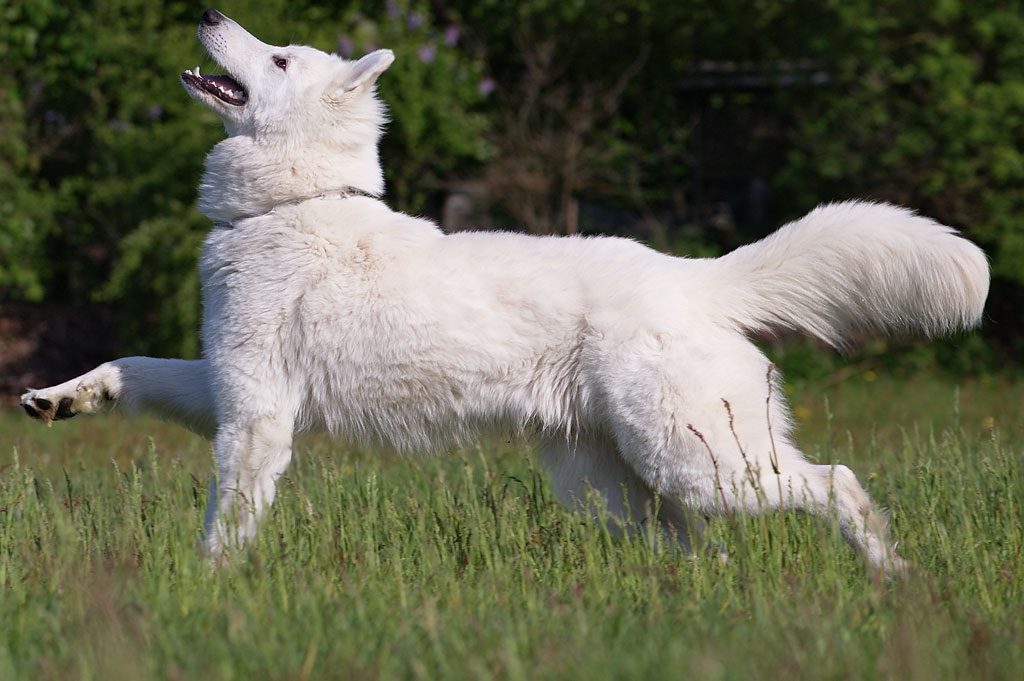
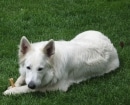
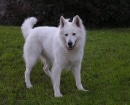
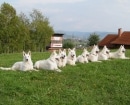
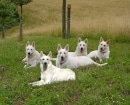
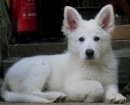
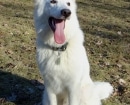
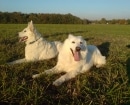
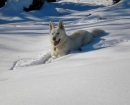
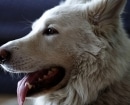

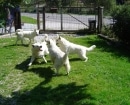
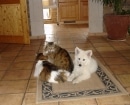
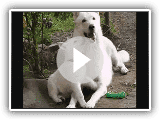 White Swiss Shepherd Dog
White Swiss Shepherd Dog Zizou January 2009 White Shepherd in snow
Zizou January 2009 White Shepherd in snow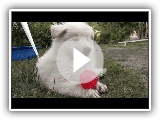 White Swiss Shepherd Kiani
White Swiss Shepherd Kiani Berger Blanc Suisse, Welpen, Pearl in the Sun
Berger Blanc Suisse, Welpen, Pearl in the Sun